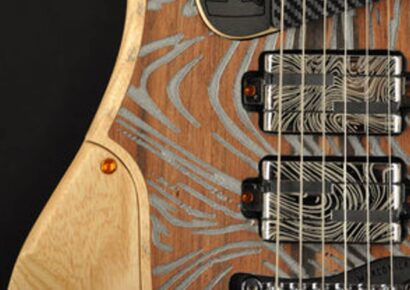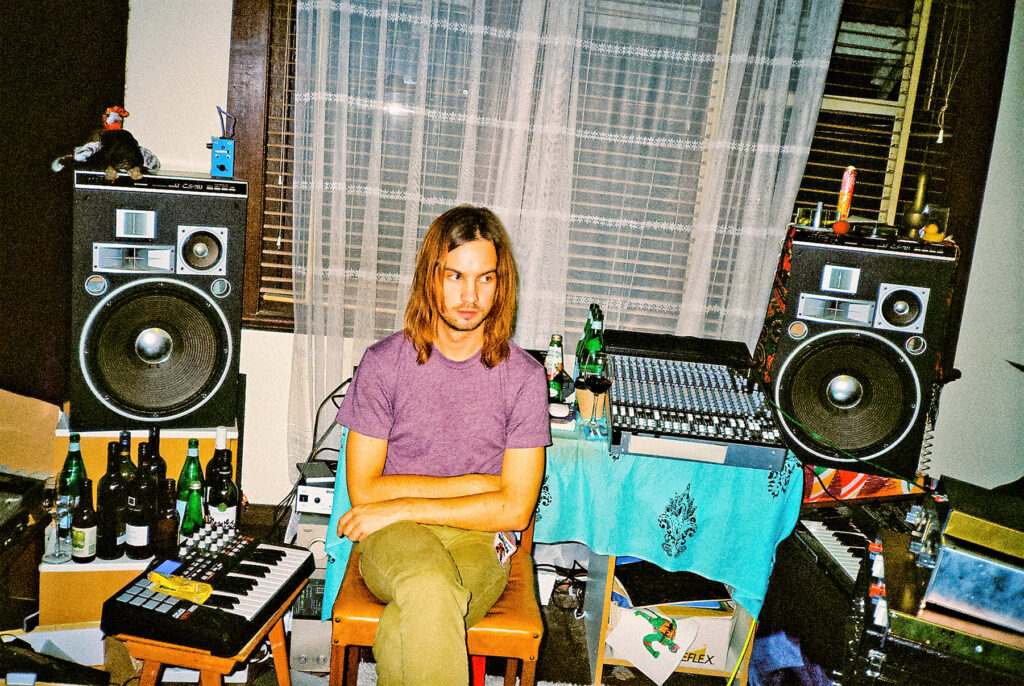Five years before the release of the era-ending opus Abbey Road, The Beatles landed in Adelaide on their first (and last) visit to Australia. Naturally, they received an absolutely hysterical reception.
2019 marked the 50th anniversary of Abbey Road, the eleventh studio album, and penultimate release, in The Beatles’ mighty musical catalogue. The album features songs that remind listeners of the fantastic revolutions the band has undertaken during their decade of stardom. “Something” and “Because” echo as timeless love ballads, “Maxwell’s Silver Hammer” and “Octopus’s Garden” mimics the band’s Sgt Peppers and Yellow Submarine aloofness, “Oh! Darling” and ‘” Want You (She’s So Heavy)” reimagined their stompers that shot them into the spotlight, and of course “Come Together” and “Here Comes The Sun” stand tall as some of the band’s best known hits.
Five years before the release of the era-ending opus Abbey Road, The Beatles landed in Adelaide on their first (and last) visit to Australia. Naturally, they received an absolutely hysterical reception.
According to some accounts, around 300,000 people – almost half the population of the state – lined the streets as the band traveled from the airport to their hotel. During their stay in Melbourne, crowds spilled out from the 45,000 filled Festival Hall for three consecutive nights, with those who missed out on tickets amassing outside amidst a throng of thousands other bowl cut crazed Beatlemanics.
In his book about their tour Beatles Down Under, rock n’ roll Historian Glenn A. Baker said that the arrival of The Beatles was “singularly the most exciting thing that ever happened in Australia, obviously topping the Queen’s historic visit in 1954. The impact was as instant as it was revolutionary; more than just bowl-cutting their hair and adopting a cheeky schoolboy aesthetic, Australian musicians mirrored the style and substance of their traveling idols.
After the Beatles’ tour, a new generation of empowered local artists took to the airwaves in a second wave of Australian rock: bands such as The Bee Gees, Billy Thorpe and the Aztecs and the Easybeats were the most recognizable imitators during the beat-boom, adopting Beatlesesque attires and names and playing upbeat pop songs.
A third wave of Australian rock would soon follow, with artists like The Twilights, John Farnham and Normie Rowe gaining prominence with their own imprint of jangly rock ‘n’ roll. This new wave of energy was majorly encouraged by The Beatles’ habit of writing their own lyrics, going against the trend for local artists to play established American hits. Prior to the cultural explosion of the Fab Four, the greatest Australian musical success story The Seekers, whose string of folk-inspired harmonic international successes were mostly written by American artists such as Bob Dylan and Paul Simon. However, it wasn’t long until a distinctive ‘Australian’ sound began to creep out from the woodworks of rehearsal rooms and garages around the country.
John Farnham
AC/DC
Typifying this new sound was AC/DC who was also able to capitalize on the shift away from the Americanized music industry by reflecting uniquely Australian stories and sentimentalities in their music. Their explosive, raspy-voiced songs may seem as far removed from The Beatles as a Mozart sonata, but it goes to show how far The Beatles influence reached in the decades after their heyday. Rather than simply imitating The Beatles sound, pub rock could be seen as a further expression of the individuality that John, Paul, George and Ringo (and Ringo’s infamous stand-in Jimmie) brought to Australian on their world tour. As Baker says, ‘The residue of the Beatles was felt long after they’d been here.’
The crop of Australian bands that emerged in the late ’70s and early ’80s also reflected a diverse palate for our native musicians; pub rockers like Cold Chisel stuck true to our roots, whereas new wave trailblazers like INXS and Midnight Oil begged for international ears to be glued to Australian airwaves for what might come next. National treasure Nick Cave took a trick out of The Beatles’ playbook, bouncing between Germany and Britain with his group The Birthday Party, which was formed at none other than Caufield Grammar School. When his ‘Helter Skelter’-like fury abates, he has been known to perform sorrowful blues ballads that reek not only of Johnny Cash and Leonard Cohen but also of the ‘Rocky Raccoon’/’Dear Prudence’ styled stories that The Beatles were known to relish.
Nick Cave
It was also during this period that Kylie Minogue became the biggest Australian artist of all time. Kylie has reinvented herself each decade all while maintaining an unprecedented level of fame and influence. Her status as a fashion icon, philanthropic trendsetter and super pop star rivals that of Lennon and McCartney; being known the world over by just her first name is all the evidence you need.
The ’90s saw the likes of You Am I (who boast one of the biggest Beatles fans in Australia as a guitarist), Silverchair and Powderfinger returning to rock’s heavier roots, revitalizing bluesy hooks and touching lyrics. Displaying just what influence the Beatles had on this era of Australian rock, this August will see Powderfinger’s Darren Middleton, Spiderbait’s Kram, Jet’s Mark Wilson and You Am I’s Davey Lane perform across the country in a tour that will mimic The Beatles’ own tour of ’64. The group, known as the Antipodean Rock Collective, or ARC, will ‘Come Together’ to celebrate the 50th Anniversary of Abbey Road’s release. The significance of the tour can’t be understated; musicians and audiences alike still revere the albums released half a century ago.
Antipodean Rock Collective
These ’90s artists have not hidden their admiration of the ’60s stalwarts; in a Sydney Morning Herald feature from 2014, Davey Lane once claimed that The Beatles influenced him “in every possible way”; Sarah Blasko has tried to mirror their deceptive simplicity and effortlessness; Brendan McClean calls them an “unavoidable cultural anchor”; Josh Pyke agrees with them all, and says their influence is practically “impossible to avoid”. While it might have been a bit hard to believe back in the ’60s, it’s clear today that The Beatles’ legacy is more than just bowl-cuts and love songs, and it certainly didn’t cease in the 20th century …
Read more about the influence of The Beatles on Australian artists here.







